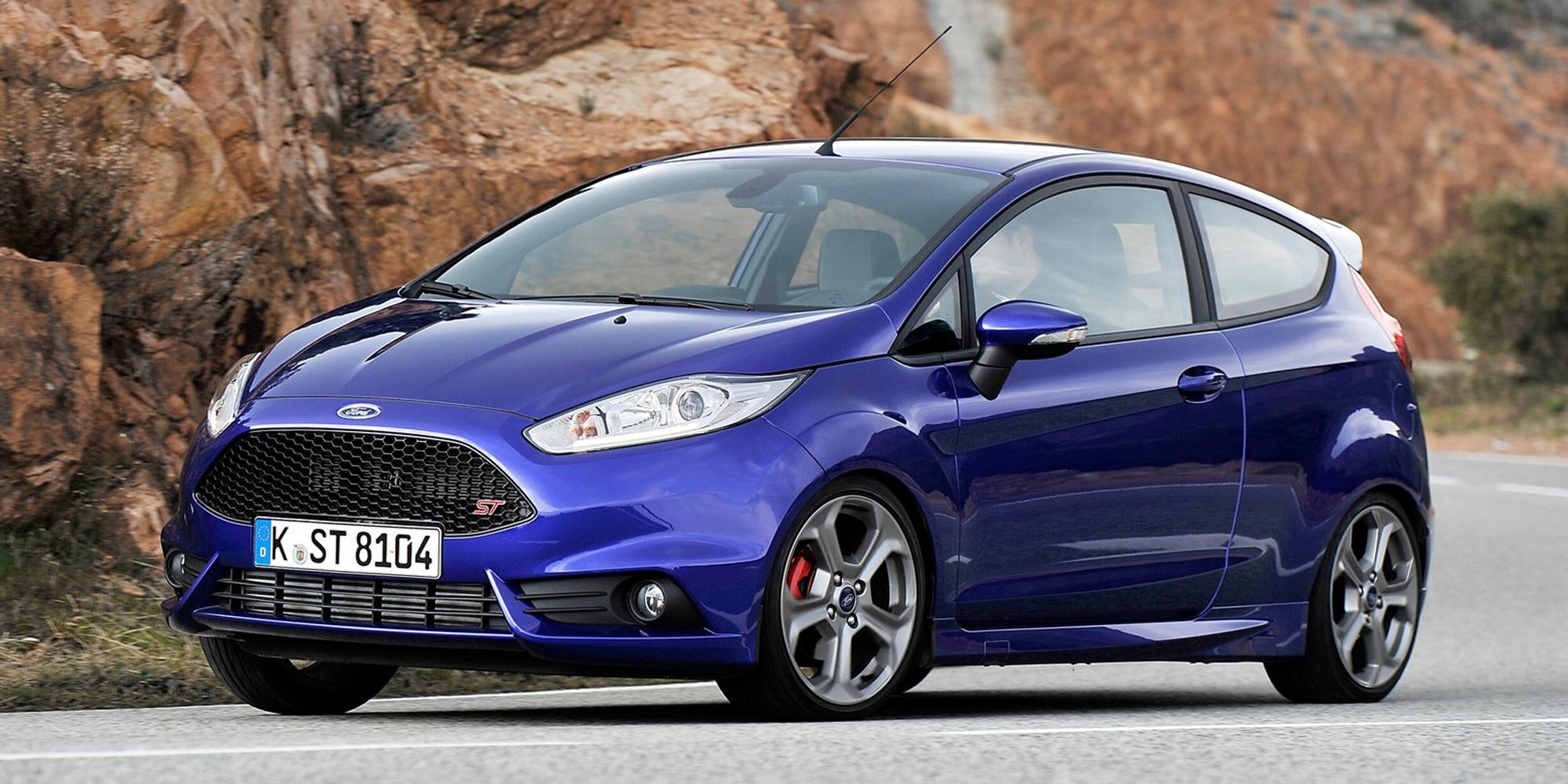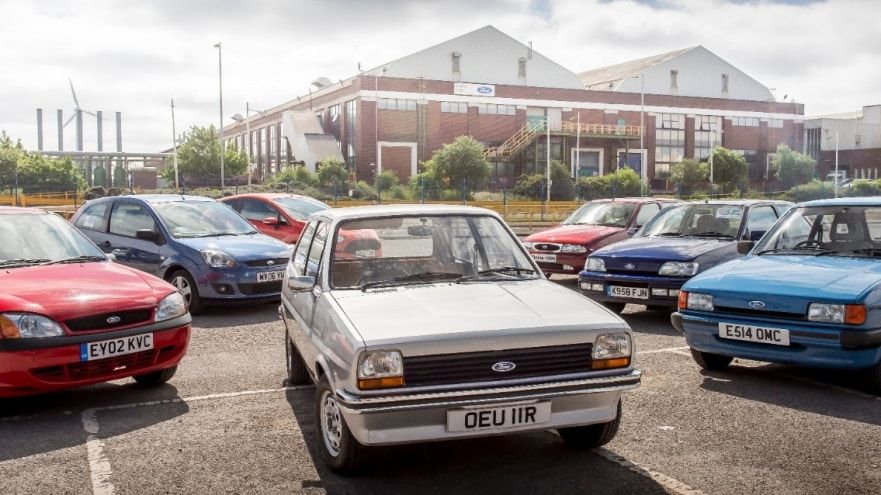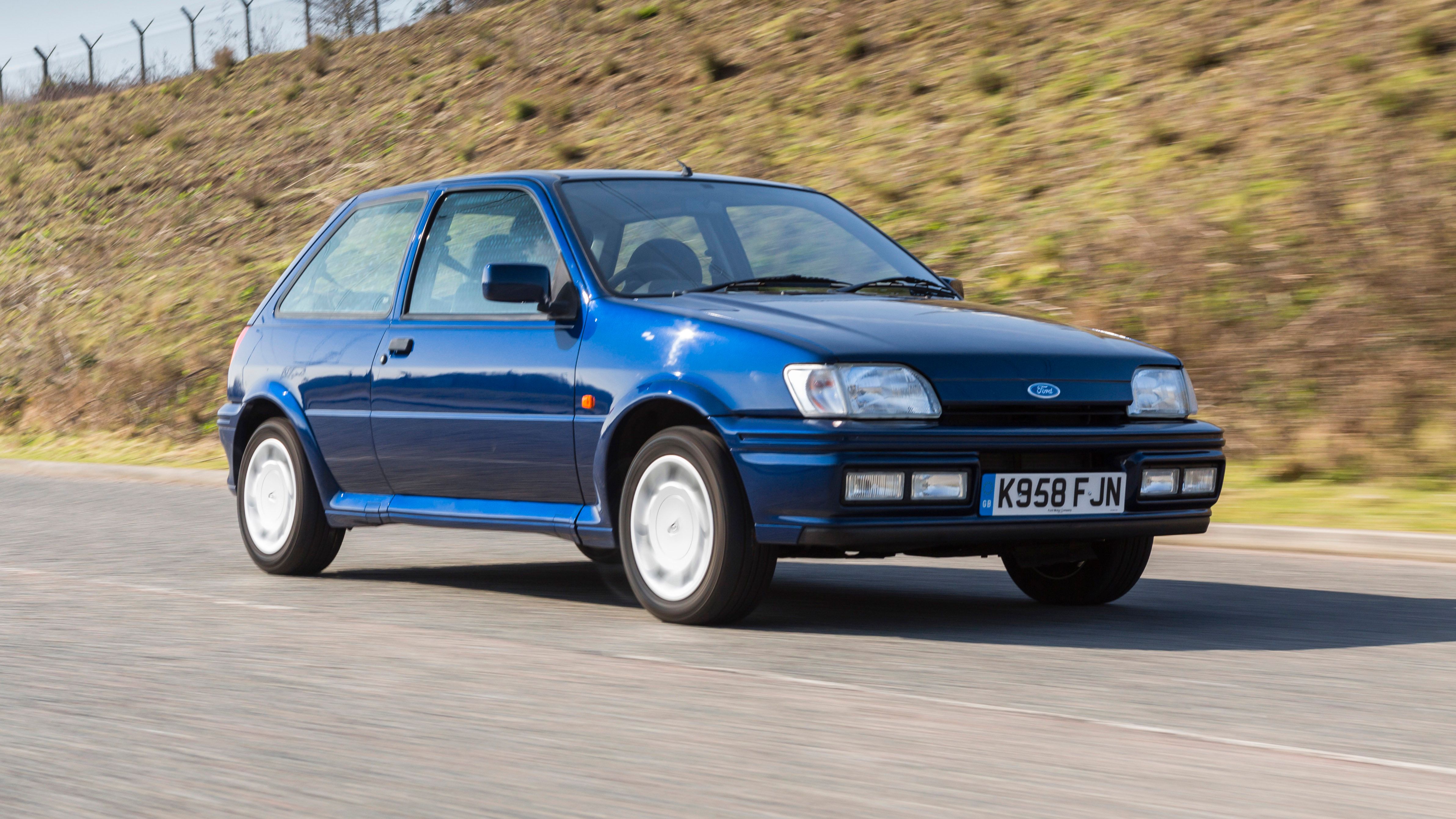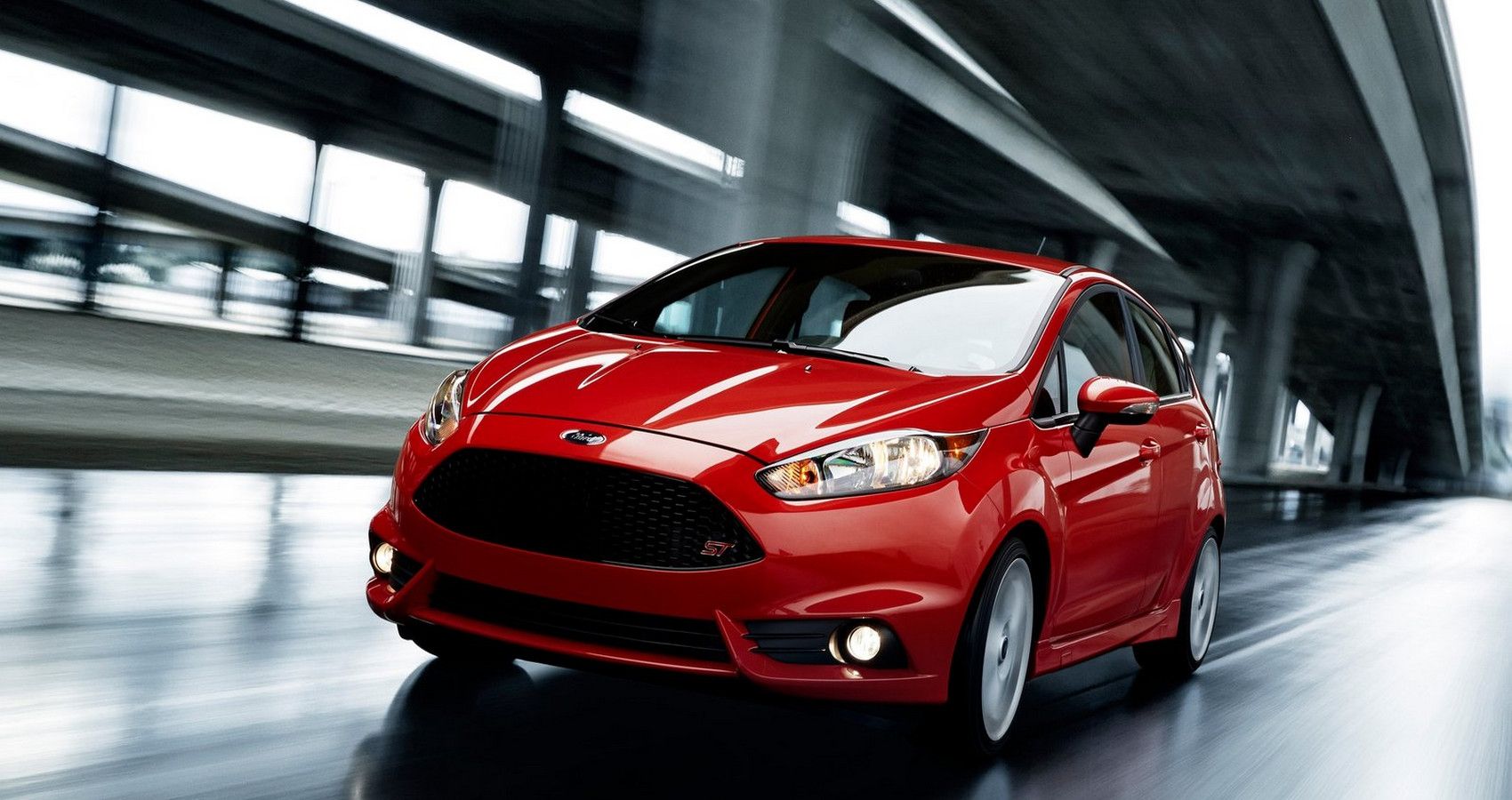Ford's Fiesta has been one of the most well-loved vehicles over the years, with cumulative sales of close to five million vehicles around the world. Six decades have passed since the legendary Ford hatchback was first revealed, during which it has become a household name among car lovers.
The Fiesta won't have a future, despite its long history of success. Ford has never been afraid to take risks to get rid of popular cars, as shown by the fact that it got rid of the likes of the Escort and the Mondeo in the past. Ford has confirmed the end of Fiesta's production run.
Why has Ford decided to discontinue production of this iconic car? Let's find out.
How The Ford Fiesta Evolved Over The Years
When the Fiesta debuted in 1976, Ford signaled that small hatchbacks were destined to stay. Everyone thought it was meant to last forever. However, nothing lasts forever. The Mk1 Fiesta came in six trims, including a van. It took 15.2 seconds to reach 60 mph. Although the set-up isn't accurate, the unassisted steering is delightful and delicate. With only four gears, the highway engine screams at 70 mph.
Even in 1976, Ford cars were fun to drive because they were fast and had advanced chassis technology. They also broke the trend by using coil-spring suspension everywhere instead of cheaper options. Ford's Mk2 was less groundbreaking than the Mk1. Even though it was mostly a facelift, the second-generation Fiesta came out in 1983 with some new features.
The engine bay was extended to fit a new five-speed gearbox. It came with wraparound headlamps that modernized the look and enhanced aerodynamics. The revised transmission made the Mk2 feel more modern. The Mk2 felt more modern than its predecessor because it looked better and had better details.
The third-generation Fiesta, which came out in 1989, was bold because the Fiat Uno and Peugeot 205 had done well. The first two models were replaced by a sleeker design and more advanced mechanicals. The Mk3 included heated windscreens and anti-lock brakes.
Under the car's hood were CVHs and the latest, most fuel-efficient High Compression Swirl engines from Ford. Fuel injection gave the XR2i 110 horsepower and excited hot hatch lovers. Today's Mk3 makes it obvious why it was so revolutionary. The clean dashboard, colorful materials, and huge glass space create an airy ambiance.
The base car rides smoothly, unlike the Zeta-engined XR2i. The wheezy engine and slow steering plagued all versions. It's easy to drive and has been around the longest. It was the Classic model until 1997 when it was phased out. Before the release of the fourth-generation Ford Fiesta, the carmaker was already a household name.
The Mk4 was based on the Mk3, but significant modifications to the body stiffness, suspension, and engine lineup made it a very different car on the road. The changes made handling more agile and exciting. Even though the car was improved to drive in 1999, its competitors offer cars with more space.
The Turn Of Fate In The 21st Century Thanks To The Global Economic Crisis
In 2002, car lovers wanted luxury brands and styles in the fifth-generation Fiesta. The former car's gentle curves were replaced by a more intimidating, angular design inspired by the Mk2 Mondeo. A new platform built by Mazda improved the Mk5 Fiesta's interior space.
The petrol engine lineup, strut front suspension, and torsion beam rear axle made this car good to drive. The Peugeot-Citroen produced 1.4 and 1.6 liters. It became the biggest mechanical modification on the car. These gutsy engines offered terrific refinement and economy, unlike the 1.8-liter, naturally aspirated diesel that had been the only diesel option since 1983.
The increased weight makes the engines work harder. The increased convenience, comfort, and upmarket attractiveness were worth it for many consumers. In 2008, the global economic crisis forced buyers to downgrade and cut costs, making hatchbacks more necessary than ever. Ford went out with the Mk6 Fiesta to stay ahead of the small car market.
This new model's unique Verve idea at the 2007 Frankfurt Motor Show was designed to attract shoppers. The center dashboard, which looked like a cell phone, was where all the infotainment controls and high-tech features, like voice control, were located. However, behind the wheel, the driving dynamics shine.
The car's quick and precise steering, strong grip, and good body control make it very agile without giving up comfort. The Mk7 was built on the same platform as the Mk6, but it was a bit more spacious inside and came with more standard features like air conditioning, Bluetooth, and an 8.0-inch touchscreen.
Overall, it improved the old car rather than being a complete change. The design also gave the Fiesta a more grown-up feel, with a longer and wider body and details that were smoother and less aggressive.
Here Is Why The Ford Fiesta’s Production Is Coming To An End
Even with the recent changes, the Fiesta needs help selling. The pandemic, which caused a shortage of car parts, the switch to electric cars, and the solid performance of its long-time main competitor, the Vauxhall Corsa, all led to the Fiesta falling from the top 10 rankings in 2021. That downward trend has continued in 2022.
It's these reasons that influenced the decision-makers at Ford to put a stop to the Fiesta's production. In the long run, the brand will shift its focus to electric cars as the call for climate change becomes more important than ever.
Source: Ford




